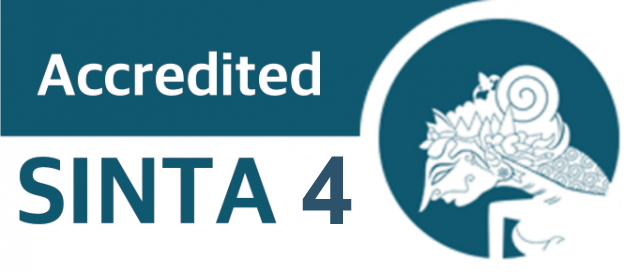Evaluation of Laboratory Waste Management at Mataram University as a Basis for Preparing Environmental Pollution Prevention Policies
DOI:
10.29303/jpm.v20i1.8213Published:
2025-01-30Issue:
Vol. 20 No. 1 (2025)Keywords:
Balance Principle; Environmental Strategy; Laboratory Waste Management; SustainabilityArticles
Downloads
How to Cite
Downloads
Metrics
Abstract
This research discusses the application of the balance principle in laboratory waste management as a strategy to minimize environmental impacts. This principle aims to balance laboratory activities and environmental protection by reducing waste at the source, sorting it out, and using environmentally friendly waste processing technology. The research used a descriptive qualitative approach in the Mataram University laboratory. The research results show that applying the balance principle is still not optimal due to limited understanding, infrastructure and adequate policy support. Recommended strategies include implementing the 3R principle (Reduce, Reuse, Recycle), selecting safer chemicals, and increasing training and preparing clear SOPs. Waste identification reached (50%), with limitations in storage (44%) and transportation (43%). Management and final disposal were minimal (33% and 38%), increasing environmental risks. Documentation, reporting (43%), and regulatory compliance (43%) still need to be improved. The K3 aspect is quite good (54%), but emergency response procedures are still weak. Sustainable management (37%) and environmental monitoring (43%) lack effort in mitigating environmental impacts. Applying the principle of balance is important to achieve sustainable laboratory waste management.
References
R. Rizal, "Analisis kualitas lingkungan," LPPM, UPN 'Veteran' Jakarta, 2017.
P. Putranto, "Prinsip 3R: solusi efektif untuk mengelola sampah rumah tangga," Innovative: Journal of Social Science Research, vol. 3, no. 5, pp. 8591-8605, 2023.
M. S. P. Bukian, Pengelolaan Limbah B3 Laboratorium Kimia di SMA Negeri 1 Singaraja, Diss., Universitas Pendidikan Ganesha, 2023.
D. Reike, W. J. Vermeulen, dan S. Witjes, "The circular economy: new or refurbished as CE 3.0? exploring controversies in the conceptualization of the circular economy through a focus on history and resource value retention options," Resources, Conservation and Recycling, vol. 135, pp. 246-264, 2018.doi: https://doi.org/10.1016/j.resconrec.2017.08.027
E. Widjajanti, Penanganan Limbah Laboratorium Kimia, Yogyakarta: FMIPA UNY, 2009.
Y. Zalaya, P. Handayani, dan I. W. Lestari, "Pengelolaan limbah hasil konstruksi pada proyek pembangunan gedung," dalam Forum Ilmiah, vol. 16, no. 1, pp. 63-72, 2019.
N. N. Laila, Manajemen Laboratorium dalam Aspek Keselamatan dan Kesehatan Kerja pada Laboratorium Pendidikan, Penerbit NEM, 2021.
T. P. Rahayu dan A. Hariyanti, "Kebijakan pengelolaan limbah industri UMKM produksi makanan dan minuman terhadap lingkungan di Kota Palangkaraya," Pencerah Publik, vol. 11, no. 1, pp. 1-6, 2024. doi: https://doi.org/10.33084/pencerah.v11i1.7579
M. Daffa, "Solusi pengolahan sampah dalam problem pencemaran bumi untuk kebersihan lingkungan hidup: Studi syarah hadis," Jurnal Riset Agama, vol. 1, no. 2, pp. 323-337, 2021.doi: https://doi.org/10.15575/jra.v1i2.14570
D. T. Hellen, Kajian Laboratory Management, Doctoral Dissertation, UIN Raden Intan Lampung, 2022.
D. Rahmawati dan A. Alpiana, "Identifikasi limbah kimia laboratorium kampus Universitas Muhammadiyah Mataram," Jurnal Ulul Albab, vol. 22, no. 1, 2018.doi: https://doi.org/10.31764/jua.v22i1.583
E. Sumarni dan T. Dompak, "Peranan pemerintah dalam pengelolaan limbah B3 di Kota Batam," Action Research Literate, vol. 8, no. 7, 2024.doi: https://doi.org/10.46799/arl.v8i7.438
E. H. Hasibuan dan K. Butar-Butar, "Gambaran penerapan kesehatan dan keselamatan kerja (K3) di ruang laboratorium tata busana SMK Negeri 3 Padangsidimpuan," Jurnal Kesehatan Ilmiah Indonesia, vol. 9, no. 1, pp. 11-16, 2024. doi: https://doi.org/10.51933/health.v9i1.1285
M. Latif, "Kebijakan hukum dalam pengelolaan limbah bahan berbahaya dan beracun (B3): Studi implementasi pengelolaan limbah medis di rumah sakit Salatiga," Journal of Indonesian Law, vol. 1, 2020.doi: https://doi.org/10.18326/jil.v1i1.91-117
E. Widjajanti, "Penanganan limbah laboratorium kimia," Yogyakarta: FMIPA UNY, 2009.
I. P. Widyasari, Peran serta masyarakat dalam pengelolaan limbah di Kelurahan Jomblang Kota Semarang, Diss., Program Pascasarjana Universitas Diponegoro, 2008.
V. Pertiwi, J. Tjipto, dan H. L. Dangiran, "Evaluasi pengelolaan limbah bahan berbahaya dan beracun (B3) di Rumah Sakit Roemani Muhammadiyah Semarang," Jurnal Kesehatan Masyarakat, vol. 5, no. 3, pp. 420-430, 2017.
I. R. Fathar, Pengetahuan Praktis Pengolahan Air Limbah dan Pengelolaan Daur Ulang Secara Berkelanjutan, Penerbit Adab, 2024.
I. N. Marwan, Analisis Penanganan Limbah Cair di MT. M Patricia, Diss., Politeknik Ilmu Pelayaran Makassar, 2024.
H. Mukaromah, "Strategi menuju kampus berkelanjutan (Studi Kasus: Fakultas Teknik, Universitas Sebelas Maret)," Sumber, vol. 2, pp. 4, 2020.doi: https://doi.org/10.12962/j2716179X.v15i1.6871
R. Murtaja, Efektivitas Pengolahan Air Lindi TPA Blang Bintang Menggunakan Tanaman Paku Air (Azolla Microphylla), Diss., UIN Ar-Raniry Fakultas Sains dan Teknologi, 2024.
A. C. Permana, "Pemahaman dan kesadaran keselamatan kerja laboratorium IPA siswa SMP," Jurnal Pendidikan Modern, vol. 7, no. 3, pp. 87-96, 2022. doi: https://doi.org/10.37471/jpm.v7i3.461
Author Biographies
Hendra R. Akhdiyat, Master of Natural Resources and Environmental Management, University of Mataram
M. Sarjan, Agroecotechnology Department, Faculty of Agriculture, University of Mataram
Taslim Sjah, Agribusiness Department, Faculty of Agriculture, University of Mataram
License
Copyright (c) 2025 Hendra R. Akhdiyat, M. Sarjan, Taslim Sjah

This work is licensed under a Creative Commons Attribution 4.0 International License.
The following terms apply to authors who publish in this journal:
1. Authors retain copyright and grant the journal first publication rights, with the work simultaneously licensed under a Creative Commons Attribution License 4.0 International License (CC-BY License) that allows others to share the work with an acknowledgment of the work's authorship and first publication in this journal.
2. Authors may enter into separate, additional contractual arrangements for the non-exclusive distribution of the journal's published version of the work (e.g., posting it to an institutional repository or publishing it in a book), acknowledging its initial publication in this journal.
3. Before and during the submission process, authors are permitted and encouraged to post their work online (e.g., in institutional repositories or on their website), as this can lead to productive exchanges as well as earlier and greater citation of published work (See The Effect of Open Access).











